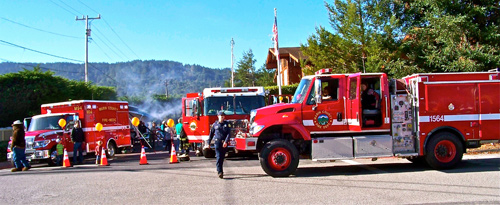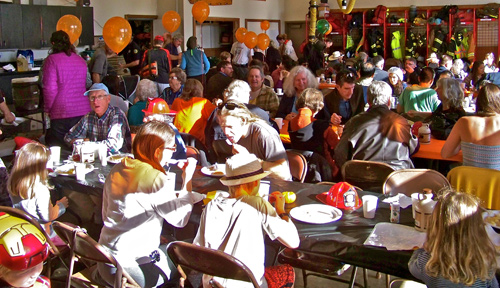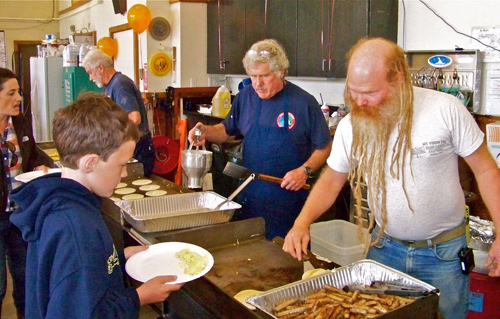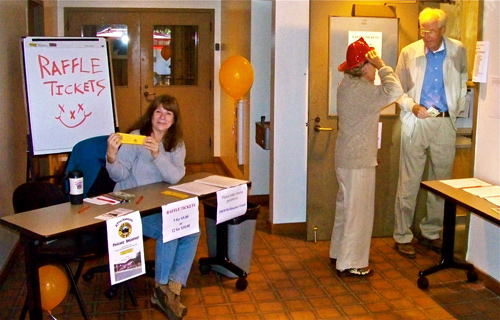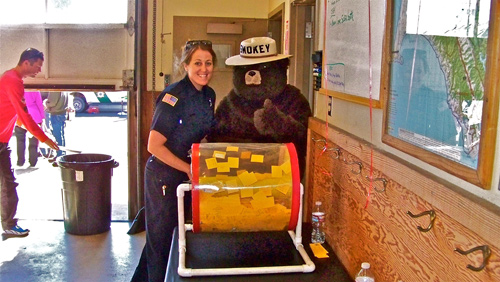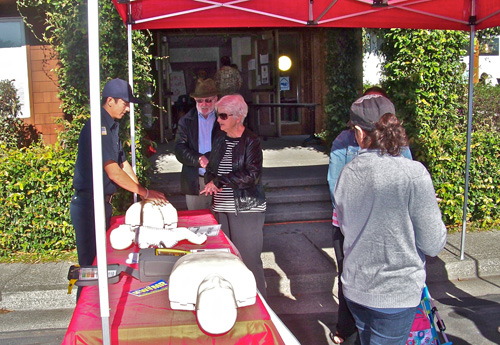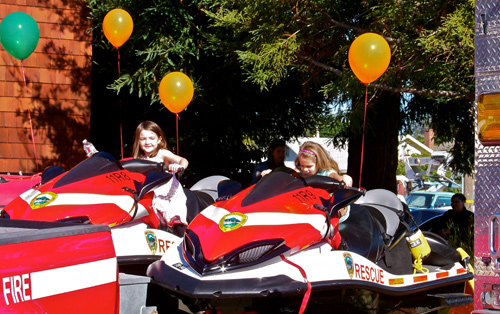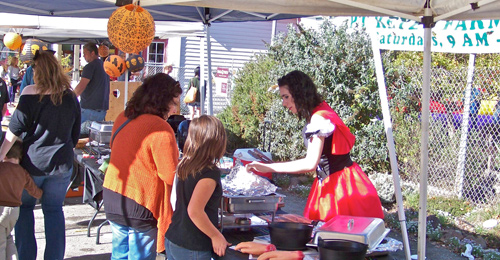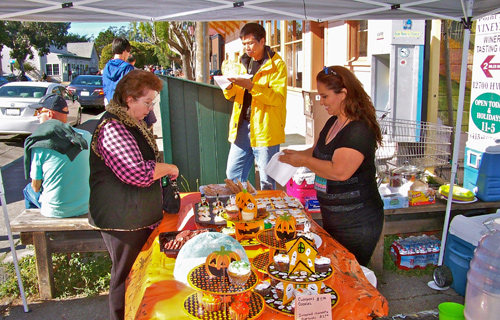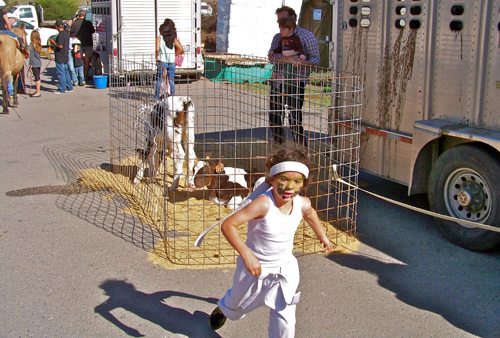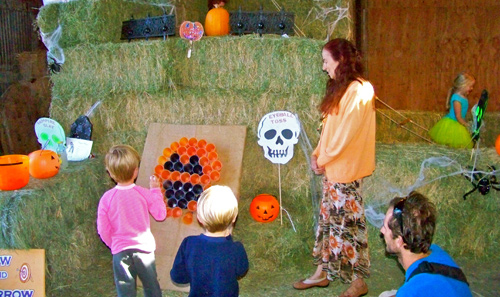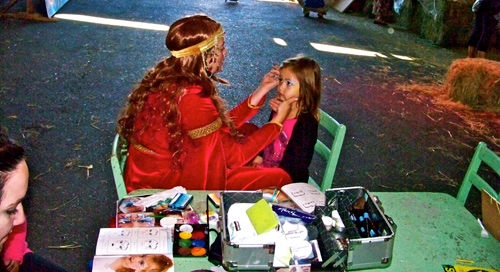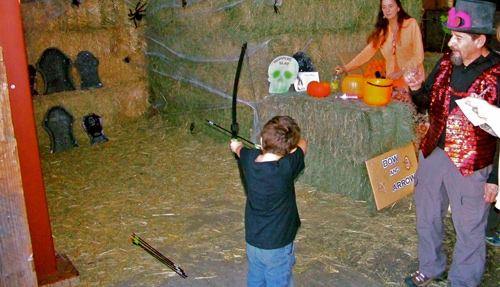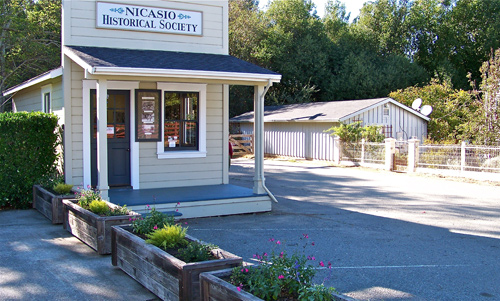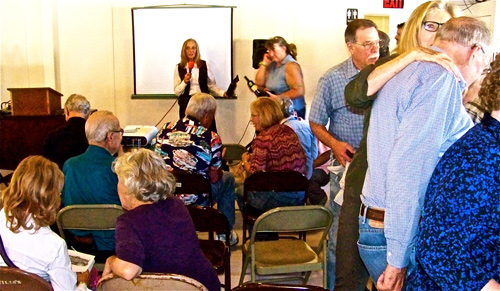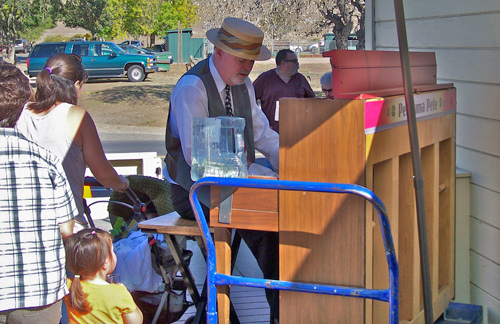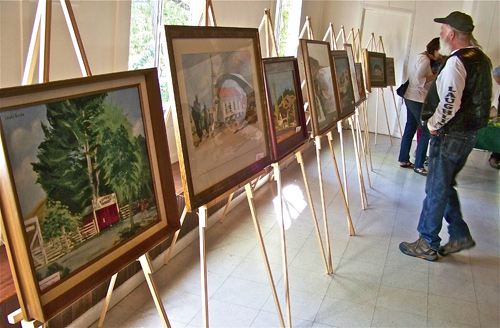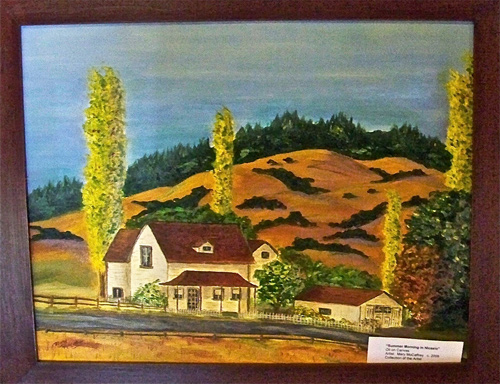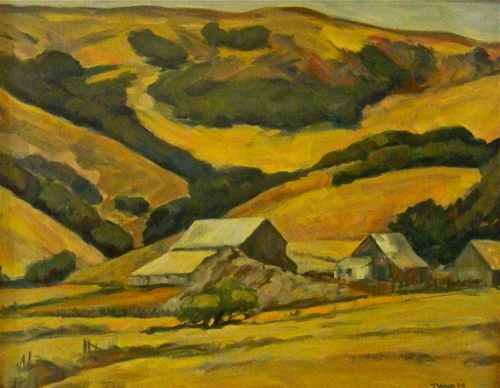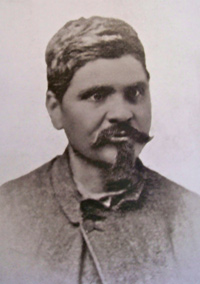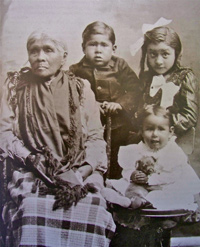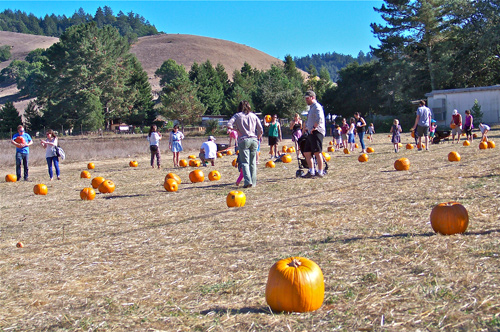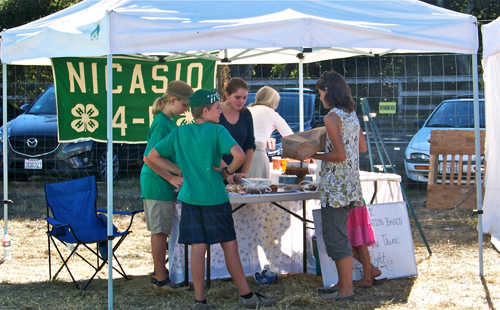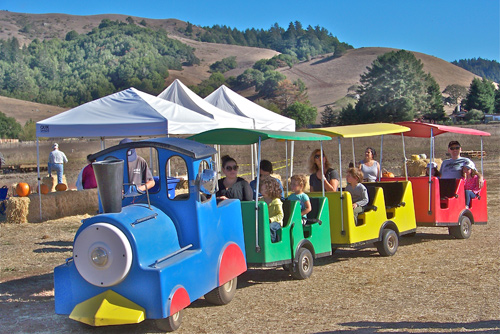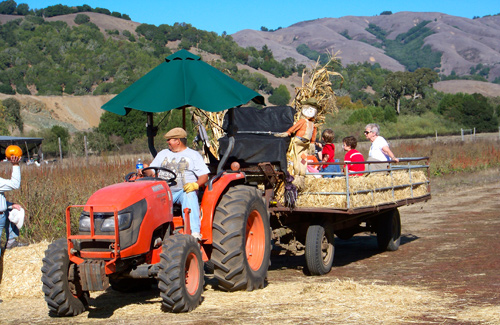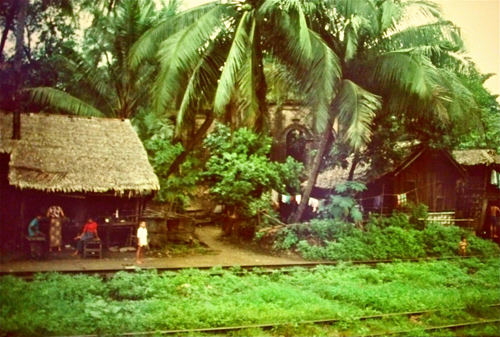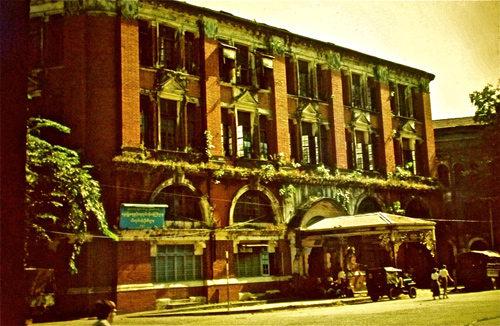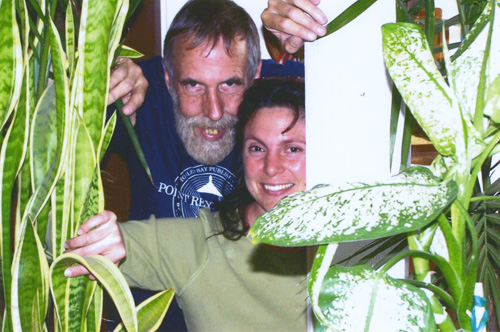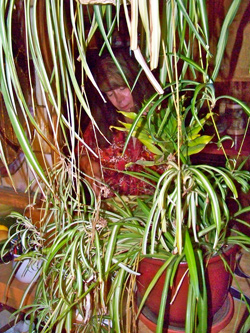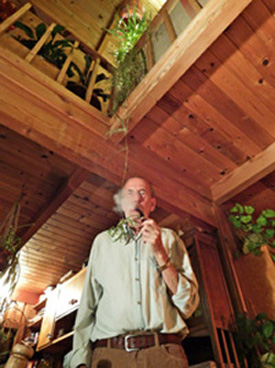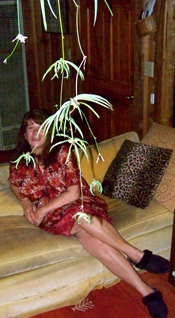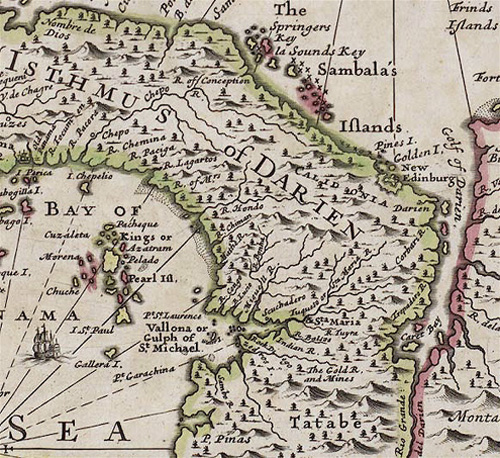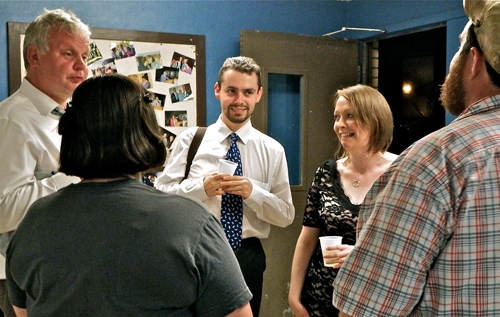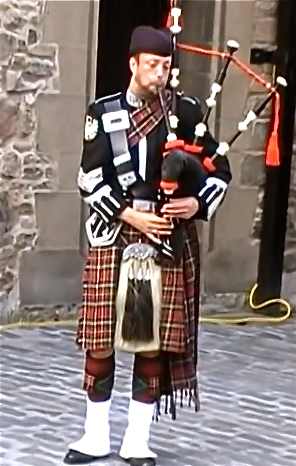Little did I realize four years ago when I wrote a posting about Scotland’s ill-fated attempt to establish a colony in Panama that I was telling the backstory to last month’s referendum on Scottish independence.
On Sept. 19, Scots voted 55.3 percent to 44.7 percent to remain in Great Britain and not become an independent country. Given most coverage in the US press, readers could have easily missed the fact that Scotland had previously been independent, but when a nationwide get-rich-quick scheme went awry, it lost its independence.
I’m going to let a Scottish journalist, whom I met this summer, describe the significance of the vote against independence. First, however, here’s an excerpt from my Sept. 14, 2010, posting that gave the backstory.
Scotland was an independent kingdom from 843 when it was unified until 1707 when it became part of the Kingdom of Great Britain. As an independent country, Scotland during the 1600s had imperialistic ambitions in the Americas. It tried unsuccessfully to establish colonies in Nova Scotia, East New Jersey, and South Carolina, but the worst disaster occurred in Central America.
In the late 1690s, the Scots attempted to establish the colony of New Caledonia on the Isthmus of Panama. A series of crop failures had caused Scotland to look for an overseas source of income. Enter financier William Paterson with a scheme for establishing a colony at Darien in Panama. It would be a way to facilitate trade with the Far East and with European colonies on the west coast of the Americas.

The site of the Darien colony is shown just to the left of the word ‘Darien’ in the ‘Gulf of Darien’ on the right side of this map from 1699.
Despite no one really knowing how all this could be done, the Company of Scotland was chartered in 1695 to raise money to finance the scheme. The company’s first expedition to Panama in 1698, however, ended in disaster. About 1,200 colonists sailed for Panama, but because of disease and starvation, only about 300 survived. Of the five ships that had made the crossing, only one was able to return to Scotland the following year.
Unfortunately, a second expedition had unwittingly set sail before the remnants of the first arrived home. The second group tried to rebuild what the first group had abandoned, as well as complete a fort for defense against the Spanish. And the Spanish did indeed attack. The Scots were briefly able to hold them off but were ultimately forced to surrender. By then, most of the colonists who had joined the expedition had died of dysentery or other diseases. Only a few hundred (out of about 1,300) made it back to Scotland.
The economic effect of these failures devastated Scotland. Citizens from all levels of Scottish society had invested in the Darien scheme, and estimates of their combined losses range from a fifth to nearly a half of all the wealth of Scotland at that time. Many Scots were left indebted and impoverished.
Desperate to recover, in large part by sharing in England’s international trade, the Scots agreed to the 1707 Acts of Union, which created Great Britain as a political union of England and Scotland.

The Scottish contingent at the International Society of Weekly Newspaper Editors (ISWNE) annual conference, which was held in Durango, Colorado, last June. From left: Julian Calvert, senior lecturer at Glasgow Caledonian University, having previously edited newspapers in England and Scotland; Scott Reid, group production journalist for the daily Glasgow Herald and the weekly Sunday Herald, both national Scottish papers; Roisin McGroarty, editor of the weekly Irvine Times on the west cost of Scotland and publisher of a quarterly magazine, the Stewarton Advertiser. (Photo by Lynn Axelrod)
While in Durango, I had the honor of receiving ISWNE’s Eugene Cervi award for career achievement and also gave a talk based my new book, The Light on the Coast: 65 Years of News Big and Small as Reported in The Point Reyes Light. Lynn and I met scores of editors from throughout the English-speaking world.
Among the foreign journalists we met was Scott Reid of Scotland (above center). Interestingly, he works for a pair of sister newspapers that took opposing positions in their endorsements regarding Scottish independence. In the wake of the referendum’s defeat, Reid has given his fellow ISWNE members a copy of his observations to share.
This little country cannot be taken for granted
By Scott Reid
For more than two years, those of us working in Scottish journalism have been privileged to have a front row seat as history was made in our country.
The nation faced a simple question: Should Scotland be an independent country? The answer wasn’t so simple. And the tale of how Scotland, a nation of five million people, at one point looked on the verge of making a decision that would send shockwaves around the world will be talked about for decades to come.
To say the Scottish people were transfixed by the prospect of independence from the outset would be to lie, frankly.
 Scott Reid, who wrote these observations, (right).
Scott Reid, who wrote these observations, (right).
The Scottish National Party (SNP), which has campaigned for independence for Scotland from the U.K. for many decades, won a landslide majority in the Scottish Parliament in 2011 because it had governed well for the previous term, rather than due to any great interest in this particular policy.
An agreement with Westminster was made for a referendum to be held. And most people, while appreciating the historic nature of this, got on with their lives.
In the months leading up to the vote, the atmosphere changed. In May, a paper I work for, the Sunday Herald, backed a Yes vote. This was no overnight switch; the tone of the paper had been moving in that direction for some time. The response was incredible. Sales rocketed and continued to fly as the weeks went on. In one recent week after the referendum sales of the paper year-on-year actually doubled to 49,291.
After two television debates between Alex Salmond of the SNP and former U.K. chancellor Alistair Darling of the No camp, one which was broadcast around the world and even picked up by C-Span, huge viewing figures showed that the public was now on-board with this process.
 “I firmly believe that distance adds enchantment to the bagpipes.” William Butler Yeats’ jest, not Scott Reid’s
“I firmly believe that distance adds enchantment to the bagpipes.” William Butler Yeats’ jest, not Scott Reid’s
After the second debate, won by Salmond, the No campaign had a wobbly period. The polls narrowed. There was something in the air. I increasingly wondered if change was afoot.
Then a poll showed Yes ahead. 51% to 49%. And all hell broke loose. The markets shook, there was talk of both the U.K. Prime Minister and the U.K. leader of the opposition having to resign if they lost the vote, the issue dominated the front pages of papers in Scotland and throughout the U.K., and clearly had an impact beyond.
In response, the Prime Minister, Deputy Prime Minister and leader of the opposition charged up to Scotland to try to retrieve the situation and offer Scots more powers for the Scottish Parliament.
Throughout the final weeks, our papers were dominated by the referendum. On a daily basis The Herald contained 10 full broadsheet pages on the topic, featuring news, columnists, and occasionally four pages full of letters. The Sunday Herald, which had declared its position early doors, was also dominated by the topic.
Counter to its Sunday sister paper, The Herald decided to back the No side a few days before the vote after Westminster leaders promised extra powers for the Scottish Parliament. However, it warned that if much enhanced extra powers for the Scottish Parliament promised were not delivered then another referendum should follow suit, and the No side would deserve to lose.
It was an articulate case and one that even met with approval from many of those on the Yes side. Both papers have different editors and were given free reign by their owners to come to their own conclusions.
After such a build-up, referendum results day itself was a bit of an anti-climax. Soon after polls closed at 10 p.m. it became brutally clear this wasn’t going to be a nail biter. The head of polling company YouGov pointed to new figures suggesting No would win and said he was 99% certain the survey was accurate. As much as there were doubts over the polls for much of the campaign, for someone to put his neck on the line that far told its own story.
 Then from the minute the first result came in and Clackmannanshire was the centre of the world’s attention, it was obvious. That area was designated by many as a guaranteed Yes vote; it went the other way.
Then from the minute the first result came in and Clackmannanshire was the centre of the world’s attention, it was obvious. That area was designated by many as a guaranteed Yes vote; it went the other way.
Scott Reid (right) believes the referendum was good for Scotland. (Photo by Lynn Axelrod)
We set to work putting out several editions throughout the night, culminating in an 8 a.m. special edition, our work being rewarded by huge sales increases throughout that week well ahead of the Scottish market.
In the end, the result came in as 55% No, 45% Yes. So was there any point? Well, yes. It opened up a debate about who we are and what kind of country we want. It engaged almost the entire population in politics.
It proved that, when people know every single vote counts and it’s an issue they really care about, they will come out in numbers. It allowed voting for 16 year olds and 17 year olds, which proved to be such a success I suspect it will be carried over to regular Scottish Parliament elections.
And it has worked in Scotland’s interests, as it has made it clear that this little country in the north of the U.K. cannot be taken for granted.

